The Chuwi LapBook 14.1 Review: Redefining Affordable
by Brett Howse on March 10, 2017 8:00 AM ESTDesign
One area where Chuwi has done very well, especially for this price point, is the design of the LapBook 14.1. The entire laptop is unsurprisingly made from plastic, but the plastic has a nice textured feel to it, making it very easy to hold, and it never feels like it’s going to slip out of your hands. The white color is a nice change from the traditionally black or gray PC market as well.
Since this is an Atom core, the laptop doesn’t need a fan, which of course makes the device silent, and, at least on the review sample, there isn’t any coil whine perking up over the lack of fan noise. The bottom features four nice large rubber feet, making the laptop stay planted on a desk or table, and while it may seem silly to mention this, there are still laptops that don’t get this right.
Opening the laptop up, the thin bezels on the display really stand out, and allow the LapBook 14.1 to feel smaller than most 14-inch notebooks. The thin design, starting at 9 mm at the front and tapering to 20 mm at the back, make it very easy to stick in a bag and carry with you. It’s not the lightest design around, but the overall construction is solid enough that there isn’t any creaking when holding the laptop on a corner. Considering the price, the construction is solid.
The keyboard is also surprisingly good. It’s nice to see a black keyboard on this laptop, since it gives great contrast to the white system, and makes the keys easier to see. Hopefully no one is shocked that this laptop does not offer any sort of keyboard backlighting, which is unfortunate, but to hit these kinds of price points, it has to be expected. Key travel is also quite good, and the keyboard feels quite solid, with a much better key feel than I would have expected at this price, and at this thin of a laptop. Chuwi hasn’t stuck with a normal keyboard layout though, and they’ve made the same mistake as some other manufacturers in placing the power button as one of the keys. Having the power button where Delete should be is never a good idea, and can easily cause you to shut off the computer when trying to edit something. It also starts a chain reaction on key placement, because Delete must be somewhere, and in this case, it is above the enter key, forcing the \ key beside the space bar. Although you could likely get used to this, if you ever switch between machines, having keys in odd locations is likely going to cause you frustration, and it would be best if Chuwi would move power off the keyboard.
The trackpad is another story though. It’s not a very good trackpad, and the customization for it is very limited with the included drivers. The default scroll direction is reversed from normal, with no way to change it, and you can’t disable the trackpad with a keyboard shortcut either. For simple operations, it’s acceptable, but if Chuwi wanted to focus its energy somewhere to make the experience better, this would be an easy place to start. The notebook would be better used with a mouse, if possible.
There’s not a lot of expansion, with just a single USB-A 2.0 port on the right, and a single USB-A 3.0 port on the left, along with mini HDMI and micro SD, and a headset jack. The power is supplied via a barrel connector, which doesn’t look very robust. It would have been nice to see USB-C power, although that may not be possible at this price point. My experience with thin barrel connectors is not great though, since they can get bent, or snapped off, and finding a replacement is not always simple since they are not always the same size. It’s also worth mentioning that the USB ports are upside down as well, which is not a huge deal, but it’s a bit weird when trying to plug something in.
Overall, Chuwi has done a decent job on the LapBook 14.1. The design is solid, with a pleasant look and feel, and while it can’t compete with all-metal notebooks, it’s really not meant to. The plastic feels decent, and the matte texture really helps.


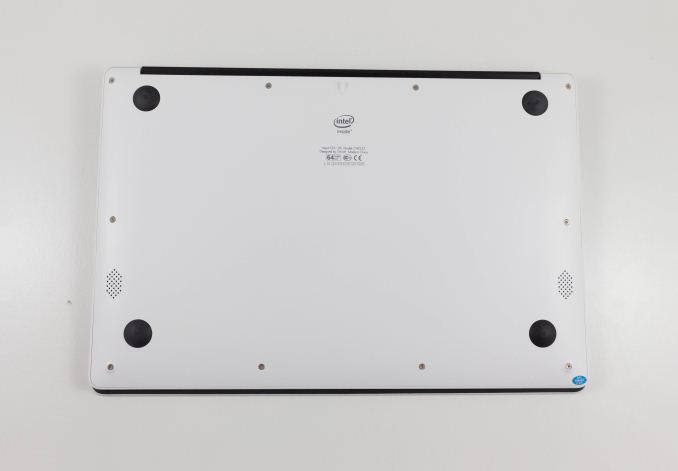
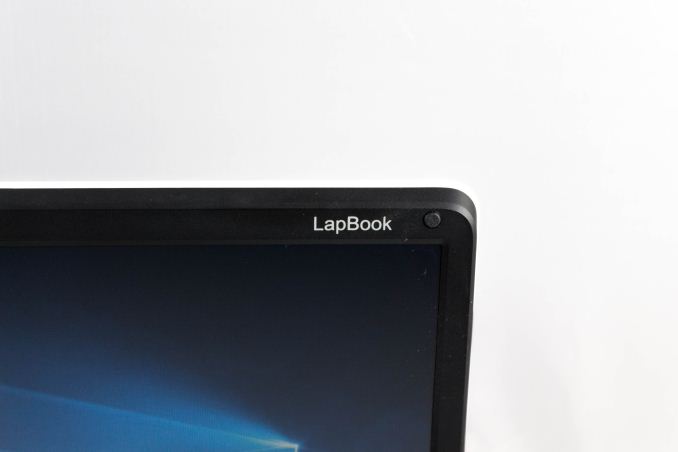
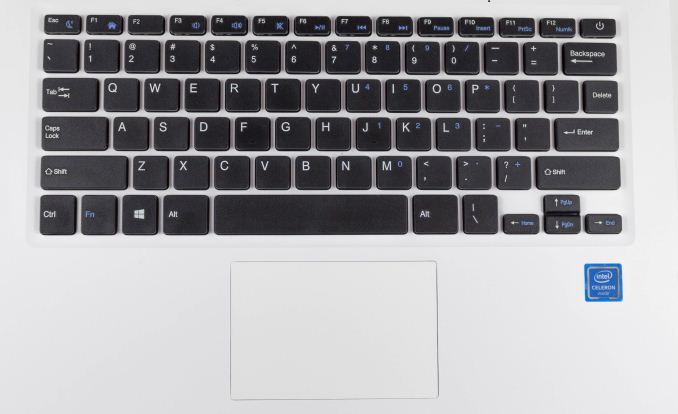
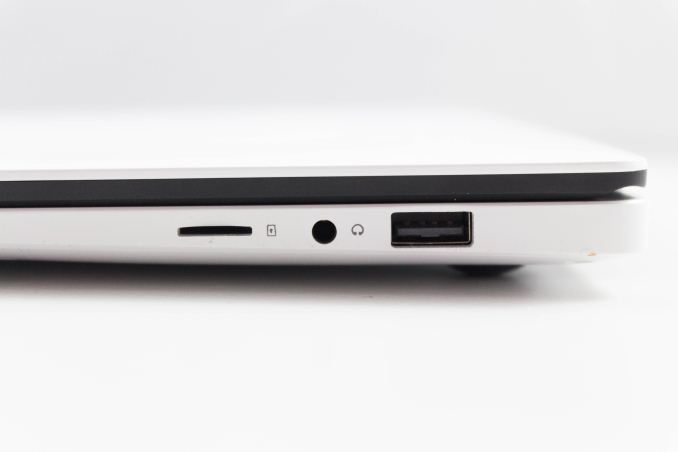
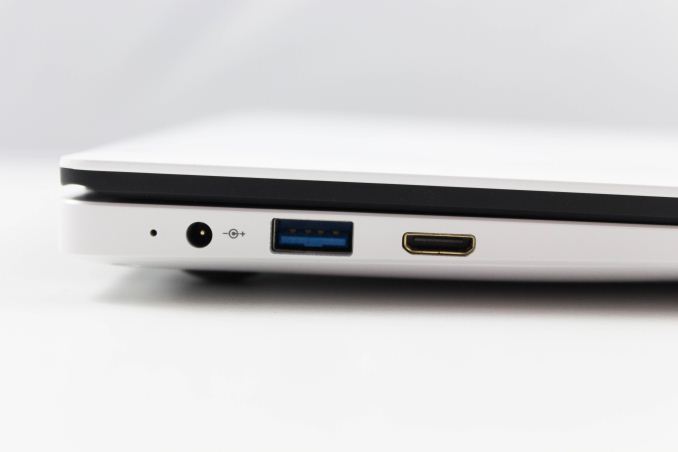








75 Comments
View All Comments
lakedude - Sunday, March 12, 2017 - link
"Good to see Ars covering a Chuwi product."Um, Anandtech?
pSupaNova - Sunday, March 12, 2017 - link
https://techtablets.com/ he covers them all with videos tooPWM_IS_THE_NEW_IPS - Sunday, March 12, 2017 - link
PLEASE TEST FOR PWM!!!This review is completely useless. Thanks for pushing the manufacturers to offer IPS laptop screens. Now that everybody has IPS models, the new frontier are the no-PWM displays.
osamabinrobot - Sunday, March 12, 2017 - link
anyone check to see if its phoning home yet? thats my biggest fear from some of these brandsTralalak - Monday, March 13, 2017 - link
Compared to Atom (22nm Silvermont and die shrink 14nm Airmont), Goldmont is a bit of a beast. Both Atom and AMD’s Bobat/Jaguar/Puma core can fetch and issue up to two instructions. Goldmont can do three. Like AMD’s (or VIA’s) Goldmont has a full out of order execution engine.„Much of the changes with Goldmont were about improving the out-of-order execution compared to Silvermont, with a wider decoder, better branch prediction, and a larger out-of-order execution window. Goldmont can perform one load and one store per cycle, and it can execute up to three simple integer ALU operations per cycle. There’s new instruction support for hashing with SHA1 and SHA256, and there’s new support for the RDSEED instruction.“
My Asus Aspire ES13 (ES1-332-P2VZ) with Intel Pentium Quad Core N4200 1.1GHz - 2.5GHz (Goldmont - Apollo Lake):
source: https://forums.anandtech.com/threads/intel-pentium...
jimjamjamie - Monday, March 13, 2017 - link
"This is one of the worst sounding speakers I’ve ever seen in a notebook"That's a special set of eyes you have there, Brett
BrokenCrayons - Monday, March 13, 2017 - link
There's really nothing wrong with that statement. One might hear the sound the speakers make, but can also physically see them inside the notebook.LED Lights Undg - Monday, March 13, 2017 - link
Is the RAM soldered?Last year I bought a couple of very cheap Acer ES1-331s where I could easily upgrade ram (up to 8GB) and add a bootable SATA SSD. Too bad they have a Braswell Celeron N3050 and a 768p (matte) TN display.
0ldman79 - Monday, March 13, 2017 - link
Single chain, not channel.Just makes those of us that deal with it regularly twitchy. :)
Visual - Tuesday, March 14, 2017 - link
Adding something with x5 Z8300/Z8350 in the benchmarks would have been nice. There are a lot cheap-ish tablets and laptops and convertibles using that.